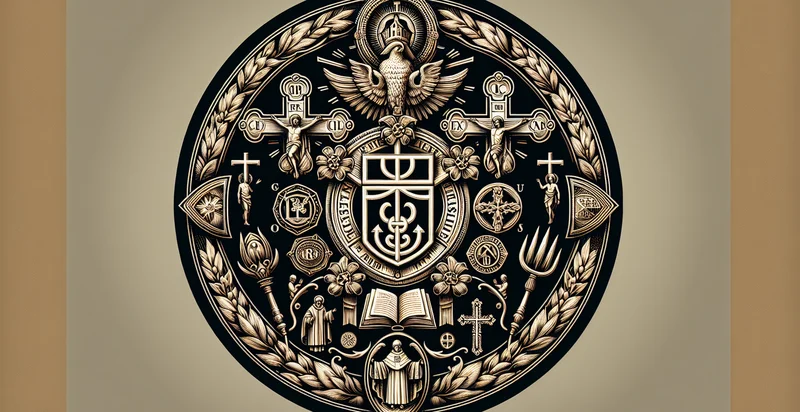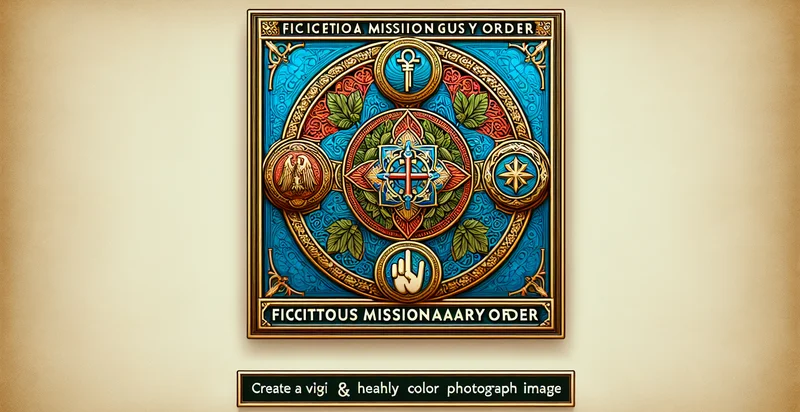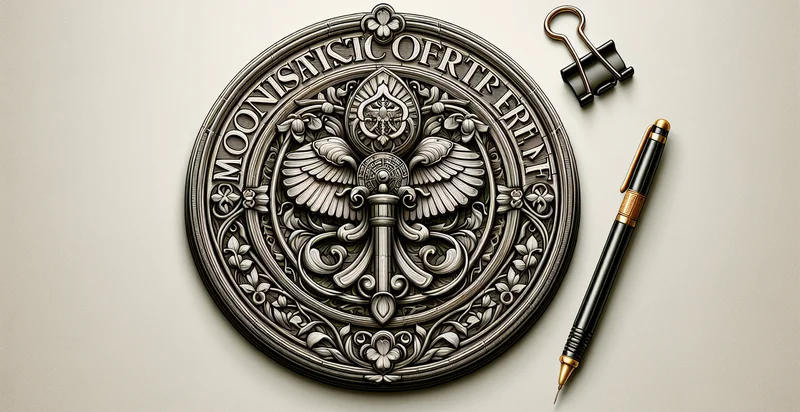Identify catholic order emblem
using AI
Below is a free classifier to identify catholic order emblem. Just upload your image, and our AI will predict which Catholic order the emblem belongs to - in just seconds.

Contact us for API access
Or, use Nyckel to build highly-accurate custom classifiers in just minutes. No PhD required.
Get started
import nyckel
credentials = nyckel.Credentials("YOUR_CLIENT_ID", "YOUR_CLIENT_SECRET")
nyckel.invoke("catholic-order-emblem", "your_image_url", credentials)
fetch('https://www.nyckel.com/v1/functions/catholic-order-emblem/invoke', {
method: 'POST',
headers: {
'Authorization': 'Bearer ' + 'YOUR_BEARER_TOKEN',
'Content-Type': 'application/json',
},
body: JSON.stringify(
{"data": "your_image_url"}
)
})
.then(response => response.json())
.then(data => console.log(data));
curl -X POST \
-H "Content-Type: application/json" \
-H "Authorization: Bearer YOUR_BEARER_TOKEN" \
-d '{"data": "your_image_url"}' \
https://www.nyckel.com/v1/functions/catholic-order-emblem/invoke
How this classifier works
To start, upload your image. Our AI tool will then predict which Catholic order the emblem belongs to.
This pretrained image model uses a Nyckel-created dataset and has 29 labels, including Augustinians, Basilianists, Benedictine Oblates, Benedictines, Carmelite Sisters, Carmelites, Cistercians, Cluniacs, Dominicans and Franciscans.
We'll also show a confidence score (the higher the number, the more confident the AI model is around which Catholic order the emblem belongs to).
Whether you're just curious or building catholic order emblem detection into your application, we hope our classifier proves helpful.
Related Classifiers
Need to identify catholic order emblem at scale?
Get API or Zapier access to this classifier for free. It's perfect for:
- Cultural Heritage Preservation: This function can be utilized by museums and cultural organizations to identify and catalog religious artifacts displaying Catholic order emblems. Accurate identification helps in preserving cultural heritage and ensures that respective artifacts are correctly contextualized in exhibitions and educational programs.
- Brand Authentication: Companies can employ this image classification function to authenticate products associated with recognized Catholic brands or charities. By ensuring that their goods carry legitimate emblems, organizations can maintain their reputation and prevent fraudulent activity.
- Content Moderation: Social media platforms can use the function to moderate user-generated content that features or discusses Catholic order emblems. By flagging inappropriate uses of such symbols, platforms can promote respectful discourse while adhering to guidelines regarding religious sensitivities.
- Historical Research: Researchers studying religious history can leverage this classification tool to analyze documents, artworks, or online images featuring Catholic order emblems. The tool can assist in identifying specific emblems, thereby enriching studies concerning their historical significance and developments.
- Security and Compliance: Organizations within the Catholic community can utilize this function to ensure compliance with regulations regarding the use of their symbols and emblems. This can help prevent unauthorized use in marketing or merchandising, safeguarding the brand’s integrity and values.
- Online Education: Educational institutions that offer courses on theology or religious studies could integrate this classification tool into their curriculum. Students could engage in projects analyzing the use and representation of Catholic order emblems across different media, helping develop critical analytical skills.
- Marketing Analytics: Businesses targeting Catholic communities can use this function to understand consumer engagement with their brands through the lens of Catholic order emblems. By analyzing which emblems resonate with their audience, marketers can tailor campaigns to better connect with their demographic.


